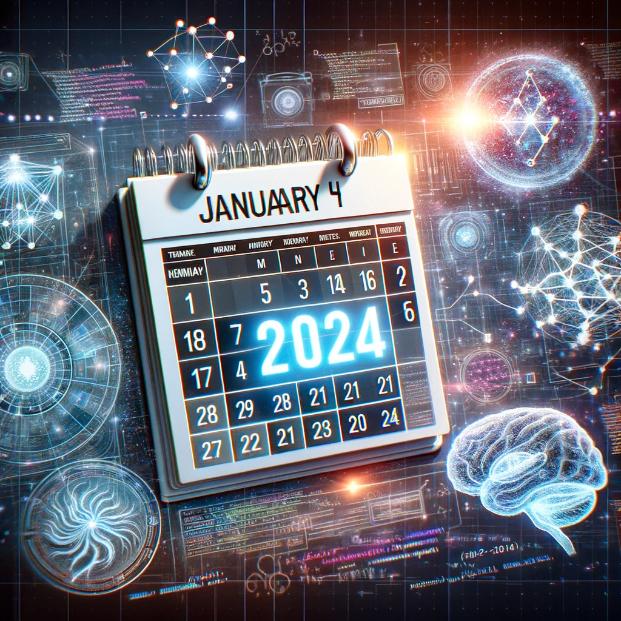Introduction to AI in Monitoring and Protecting Biodiversity
Biodiversity is essential for the health and well-being of our planet. It refers to the variety of plant and animal species, as well as the genetic diversity within those species. However, in recent decades, biodiversity has been declining at an alarming rate due to human activities such as deforestation, overfishing, and pollution. In order to effectively monitor and protect biodiversity, we need innovative and advanced technologies. This is where AI (Artificial Intelligence) comes in.
What is AI and How Does it Work for Biodiversity?
AI, or Artificial Intelligence, is a branch of computer science that deals with creating intelligent machines that can perform tasks that typically require human intelligence. With the help of AI, computers are able to learn, reason, and solve problems. In the context of biodiversity, AI refers to the use of computer algorithms and machine learning techniques to monitor and protect different species and their habitats.
AI in Monitoring Biodiversity
One of the major challenges in biodiversity monitoring is the difficulty in tracking and identifying species in their natural habitats. With AI, this process can be automated and made more efficient. For instance, AI-powered camera traps can be programmed to identify and classify different species from images and videos. This helps scientists and conservationists to monitor population trends and distribution of species over time.
AI in Protecting Biodiversity
In addition to monitoring, AI can also play a crucial role in protecting biodiversity. With the help of machine learning, AI can analyze patterns of poaching and illegal wildlife trade and identify hotspots. This information can then be used to inform law enforcement agencies, enabling them to be more strategic and effective in their conservation efforts.
Challenges and Limitations of AI in Biodiversity Conservation
While AI has immense potential to aid in biodiversity monitoring and protection, there are some challenges and limitations that need to be addressed. One major concern is the availability and quality of data. AI algorithms require large and diverse datasets to train and perform accurately. In many areas, such data may be lacking, incomplete, or biased, making it difficult for AI to produce reliable results.
Additionally, there are ethical considerations when using AI in conservation. The use of AI must be grounded in ethical principles and involve active engagement with local communities and stakeholders to ensure that their rights and needs are considered.
The Future of AI in Biodiversity Conservation
Despite these challenges, the potential for AI in biodiversity conservation is vast. As technology advances and becomes more accessible, we can expect to see more applications of AI in monitoring and protecting biodiversity. With the use of AI, we can collect and analyze vast amounts of data, make more accurate predictions, and take timely conservation actions.
Conclusion: The Role of AI in Monitoring and Protecting Biodiversity
In conclusion, biodiversity is crucial for the health and balance of our planet, and its conservation is a collective responsibility. With the aid of AI, we can enhance our understanding and management of biodiversity, enabling us to make more effective and data-driven conservation decisions. However, it is essential to address the challenges and ensure that the use of AI is ethical and inclusive. By harnessing the power of AI, we can work towards a more sustainable future for all species on Earth.

